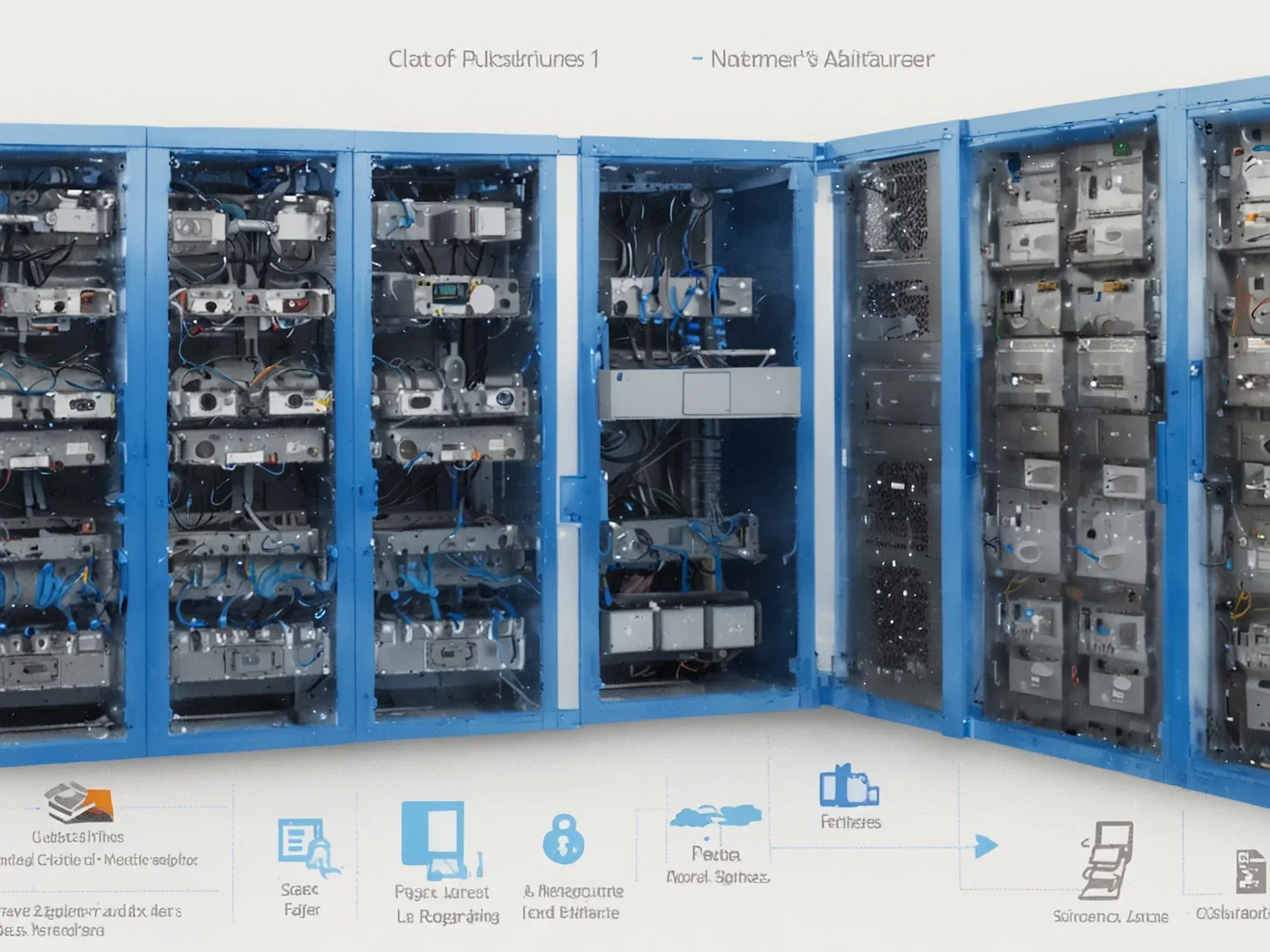
Cloudflare outage follows Azure and AWS issues within a recent week
Why does a brief hiccup at Cloudflare matter now? The outage hit just after Microsoft Azure and Amazon Web Services each suffered their own disruptions within a single week, knocking offline swaths of sites that depend on those backbone providers. While the tech is impressive, the chain reaction exposed how tightly the modern web leans on a handful of giants.
The Cloudflare incident wasn’t an isolated glitch; it was the third major failure in a compressed timeframe, prompting operators to ask hard questions about backup plans. Here’s the thing: when one provider stumbles, traffic reroutes to the next, and any weakness can cascade across the internet. The episode forced executives to revisit their own fault‑tolerance strategies.
As the dust settled, a senior engineer summed up the lesson that follows, reminding everyone that responsibility for redundancy and resiliency ultimately rests with the company itself.
"It's on the company's side to make sure that they have redundancy and resiliency." The outage comes after issues affecting Microsoft Azure and Amazon Web Services occurred within just one week of each other, bringing down large chunks of the internet that rely on major providers to keep their websites running. Cloudflare similarly powers a sizable part of the internet. It keeps websites online with its content delivery network, while offering several other services, including DDoS attack protection and DNS.
Last year, the company said around 20 percent of the web runs through Cloudflare's network. It also serves 35 percent of companies on the Fortune 500 list, in addition to "millions" of other customers. Cloudflare's speedy performance and security record make it a popular choice for websites across the globe, but this latest outage draws attention to just how concentrated the web infrastructure industry has become.
Can companies rely on a single provider? The Cloudflare failure this morning knocked X, ChatGPT, Spotify, Canva, and even DownDetector offline for several hours, exposing how tightly many services depend on a handful of infrastructure giants. This incident follows Azure and AWS disruptions that occurred within the same week, a pattern that Mehdi Daoudi of Catchpoint calls a wake‑up call for the industry.
Yet, whether firms will redesign their architectures remains uncertain; the article offers no detail on specific steps being taken. It's on the company's side to make sure that they have redundancy and resiliency, Daoudi says, implying responsibility lies beyond the providers themselves. While the outages demonstrate that interruptions are inevitable, the piece stops short of quantifying their frequency or impact on end users.
In short, the recent cascade of failures underscores a need for broader risk assessment, but the path forward is still unclear. Companies may need to revisit their contingency plans, though the article does not outline concrete solutions.
Further Reading
Common Questions Answered
What services were taken offline by the Cloudflare outage mentioned in the article?
The Cloudflare failure knocked X, ChatGPT, Spotify, Canva, and DownDetector offline for several hours. These high‑profile services illustrate how many popular platforms rely on Cloudflare's infrastructure.
How does the article describe the relationship between the Cloudflare outage and the earlier Azure and AWS disruptions?
The article notes that the Cloudflare incident was the third major failure within a compressed timeframe, following disruptions at Microsoft Azure and Amazon Web Services earlier in the same week. This sequence highlights the web's heavy dependence on a small number of backbone providers.
What does Mehdi Daoudi of Catchpoint say about the recent series of outages?
Mehdi Daoudi calls the back‑to‑back failures a wake‑up call for the industry, urging operators to reconsider architecture designs. He emphasizes the need for greater redundancy and resiliency to avoid single‑point‑of‑failure scenarios.
According to the article, what responsibility do providers have in preventing outages like the Cloudflare incident?
The article quotes an industry voice stating that it is the provider's responsibility to ensure redundancy and resiliency in their systems. This expectation underscores the importance of robust infrastructure to keep dependent services online.




